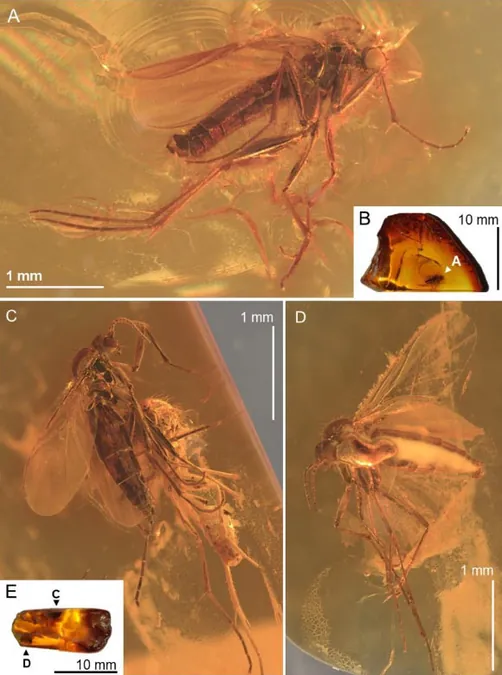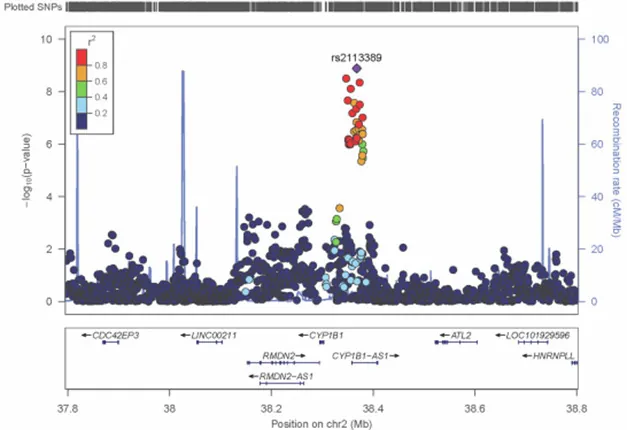
Groundbreaking Discovery: 40-Million-Year-Old Baltic Amber Reveals Ancient Predatory Fungus Gnats!
2024-09-24
Groundbreaking Discovery: 40-Million-Year-Old Baltic Amber Reveals Ancient Predatory Fungus Gnats!
In a stunning revelation for paleontology, scientists have identified two previously unknown species of fungus gnats from the genus Robsonomyia, found within a captivating 40-million-year-old piece of Baltic amber. The newly named species—Robsonomyia baltica and Robsonomyia henningseni—shed light on the gnat's ancient distribution, suggesting they were more widespread than previously thought.
This remarkable find was unearthed along Denmark's North Sea coast back in the 1960s, resting quietly among a vast collection of 70,000 amber specimens at the Natural History Museum of Denmark until it was rediscovered and analyzed by researcher Alicja Pełczyńska. Pełczyńska, currently a Ph.D. candidate at the University of Łódź and the University of Copenhagen, led the detailed examination.
Before this discovery, Robsonomyia was represented only by two living species found exclusively in Japan (Robsonomyia sciaraeformis) and North America (Robsonomyia reducta). "This is the first time anyone has uncovered fossil evidence of this genus in Europe," Pełczyńska explained, emphasizing the significance of the find. "It highlights that these gnats, now confined to specific regions, had a much broader range during the Eocene epoch."
Dr. Lars Vilhelmsen, curator at the Natural History Museum of Denmark, added that the mating behavior of these insects contributes vital insight into their anatomy. "Mating in these gnats requires unique adaptations, such as forceps-like appendages that help the male grasp the female," he said. "The morphology of these structures played a crucial role in identifying the fossilized specimens."
The discovery provides crucial evidence that bridges the notable geographical gap between existing species, which are separated by thousands of kilometers. "Finding Robsonomyia in Europe indicates that these insects were more widespread during earlier climatic periods," Pełczyńska noted.
This exceptional find has sparked widespread interest in the scientific community, as it enriches our understanding of the ecological relationships and distributions of ancient species. The remarkable research has been officially documented in a paper published in the journal *Scientific Reports*.
Furthermore, this discovery prompts further inquiries into how climate changes over millions of years have shaped the evolution and migration of such fascinating creatures. As scientists continue to delve into the past through fossils, who knows what other secrets the ancient amber might hold? Stay tuned for more awe-inspiring revelations from the world of paleontology!



 Brasil (PT)
Brasil (PT)
 Canada (EN)
Canada (EN)
 Chile (ES)
Chile (ES)
 España (ES)
España (ES)
 France (FR)
France (FR)
 Hong Kong (EN)
Hong Kong (EN)
 Italia (IT)
Italia (IT)
 日本 (JA)
日本 (JA)
 Magyarország (HU)
Magyarország (HU)
 Norge (NO)
Norge (NO)
 Polska (PL)
Polska (PL)
 Schweiz (DE)
Schweiz (DE)
 Singapore (EN)
Singapore (EN)
 Sverige (SV)
Sverige (SV)
 Suomi (FI)
Suomi (FI)
 Türkiye (TR)
Türkiye (TR)